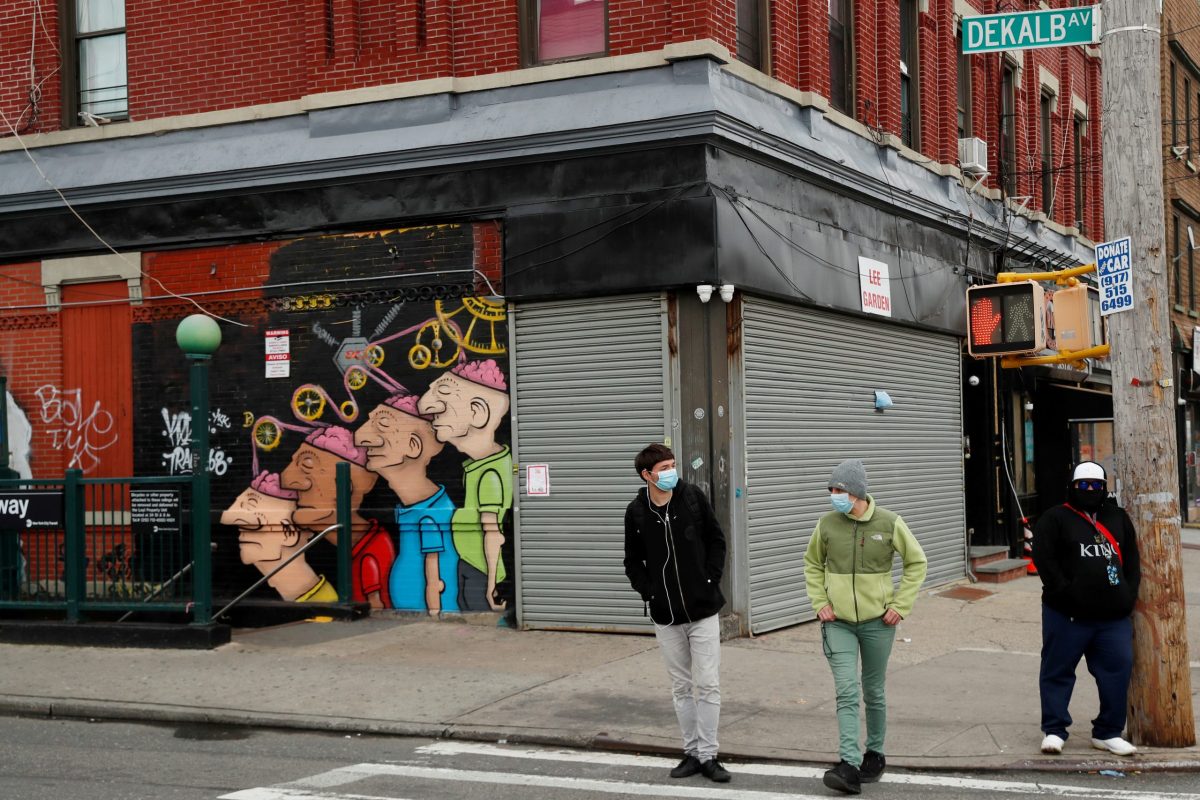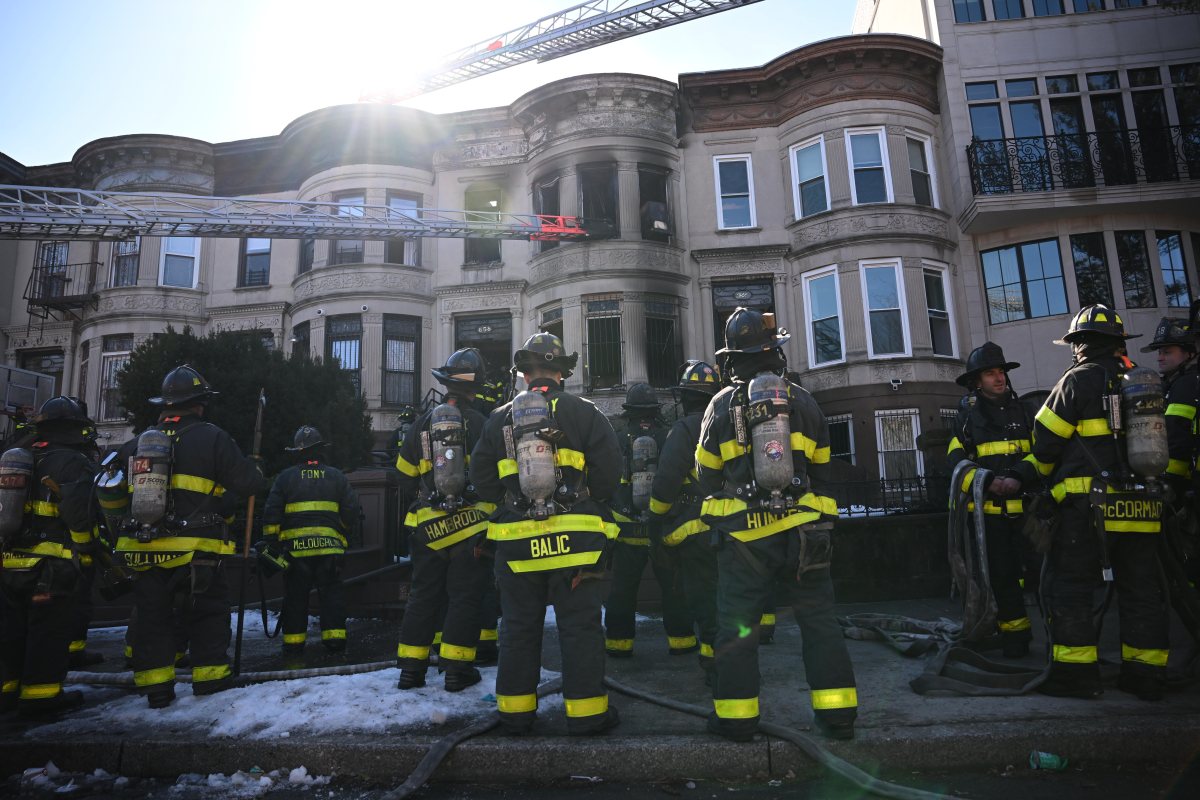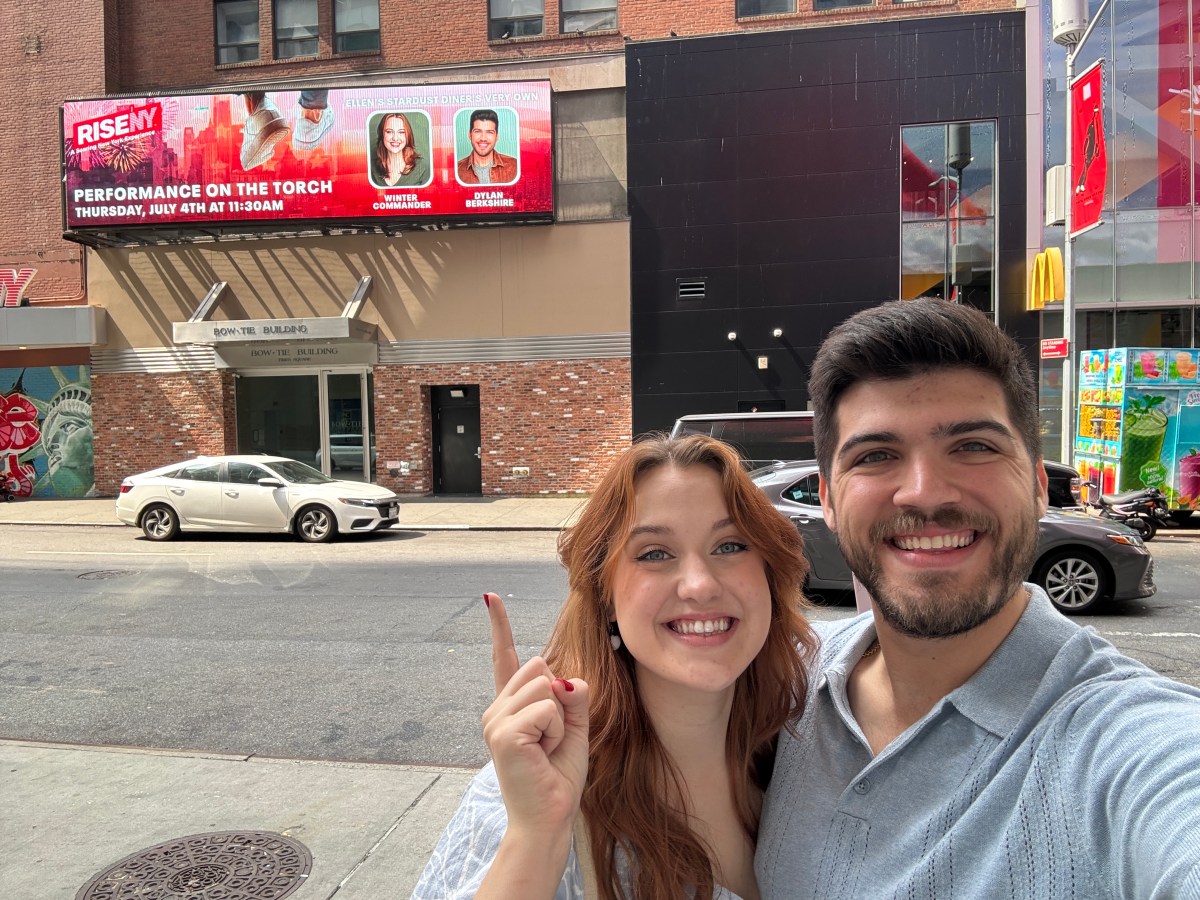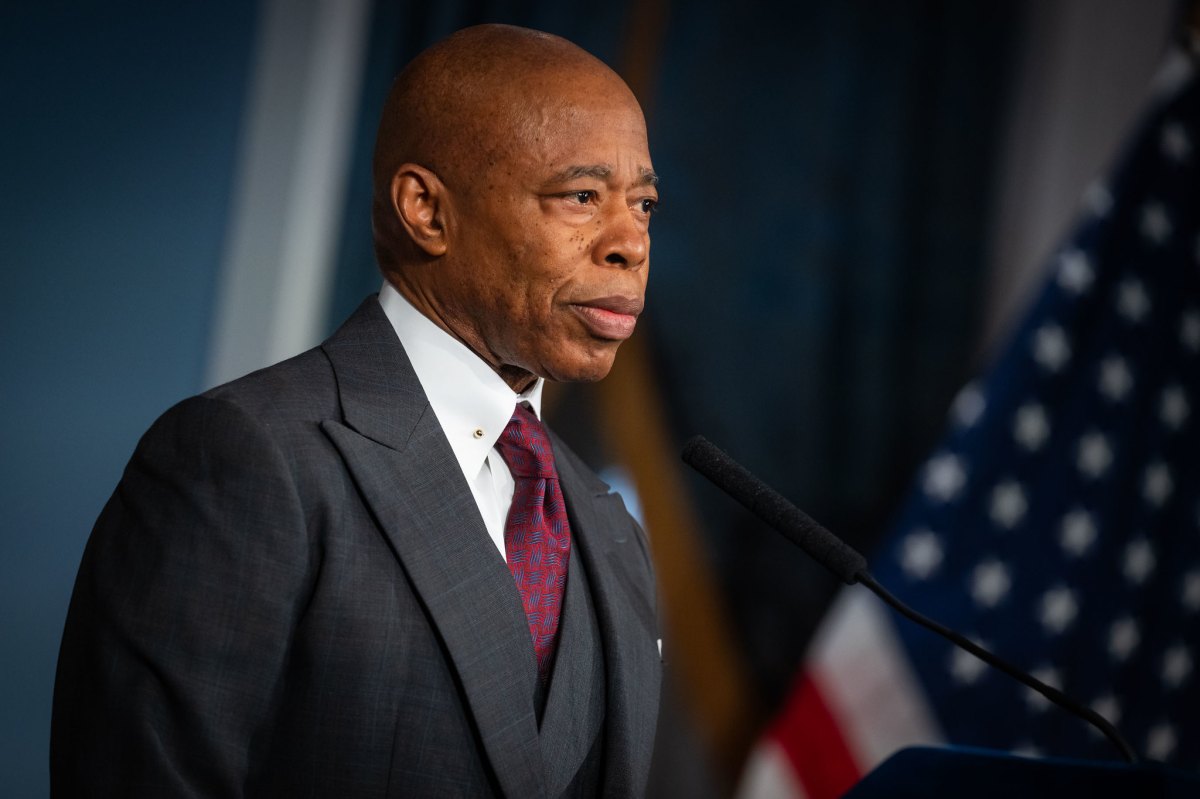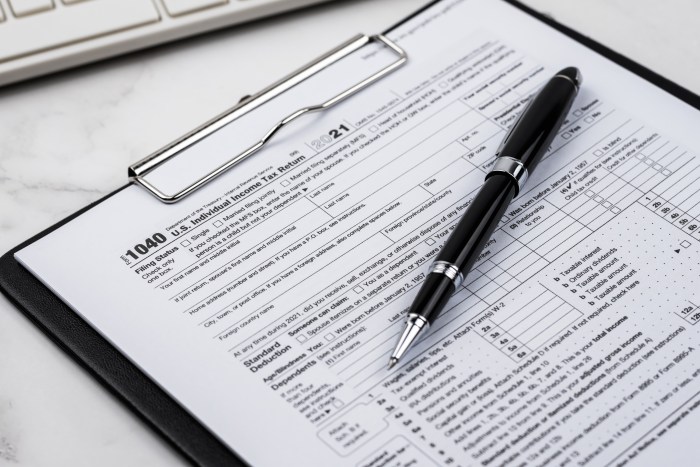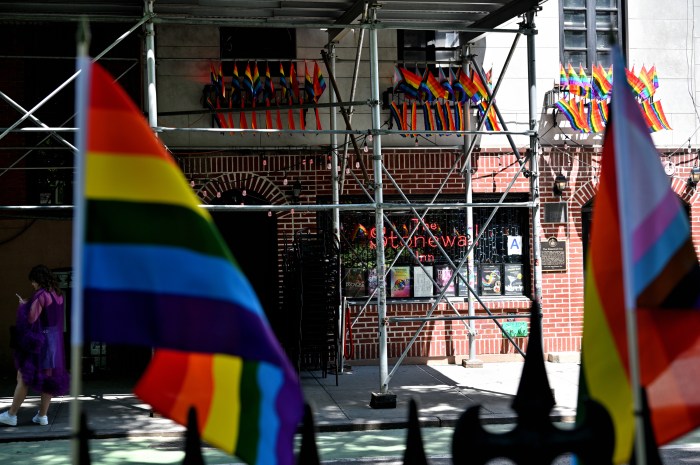The coronavirus pandemic has put New York City in the worst economic crunch in decades, with 22% of residents currently out of work and City Hall mired in a nearly $9 billion budget gap.
City Comptroller Scott Stringer delivered the bleak news during a Tuesday presentation analyzing Mayor Bill de Blasio’s executive budget for the 2021 fiscal year, which begins July 1.
The city finds itself in the awkward position of dealing with resolving “yawning budget gaps” in the current and next fiscal years by the June 30 budget deadline. These gaps, totaling $8.7 billion, were blown open as a result of the COVID-19 pandemic, which resulted in social distancing and capacity orders that shut down large gatherings and forced non-essential businesses to close.
The 22% unemployment rate in New York City this quarter is the highest in the post-war era, Stringer reported — and it stands to get worse before it gets better.
His analysis projects that another 900,000 New Yorkers — many of them in the hospitality sector — will find themselves out of work by the end of June.
Hotels and restaurants are taking the hardest hit, the comptroller said. The pandemic brought tourism to a standstill, and thousands of hotel rooms lie empty, or are being used to shelter frontline health workers or the homeless. Restaurants cannot offer sit-down service, and they’re relegated to either closing or serving customers through takeout or delivery.
While economic activity in New York plummeted due to the pandemic, Stringer does expect things to bounce back rather quickly. The speed of the economic recovery, however, is unknown.
Stringer said that a measured reopening plan, followed by testing that curbs the coronavirus spread, could result in a “V-shaped” recovery that would return economic activity to near pre-recession levels in up to three quarters, or 9 months.
The worst case scenario would be a “W-shaped” recovery in which the economy improves after the initial drop-off, but takes another downturn resulting, in this case, from a second, large-scale coronavirus outbreak that forces another economic shutdown.
Stringer also took Mayor Bill de Blasio to task on belt-tightening recommendations in the executive budget. The mayor wants to draw on reserves and institute short term cuts, but the comptroller indicated that imperils programs in future budgets.
“It’s time to get serious,” Stringer said, adding that he’s trimming his office’s budget by 4%, and is asking other city agencies to do the same. “We need to do this now to protect our social safety net. We’ve got to do this now to protect programs that serve the most vulnerable New Yorkers.”
Moreover, Stringer asserted, the city needs far more help than the White House has presently provided.
“at the start of this crisis, President Trump abdicated his responsibility to the country,” the comptroller added. “We’re paying a heavy price for their negligence. There is no silver bullet to economic recovery, but federal relief is the closest we can get — and we need that money now.”
Click here to read Stringer’s full report. Watch Stringer’s press conference below.
HAPPENING NOW: I’m presenting an analysis of the Mayor’s Fiscal Year 2021 April Executive Budget https://t.co/NLS2zzVqTr
— Scott M. Stringer (@NYCComptroller) May 5, 2020



